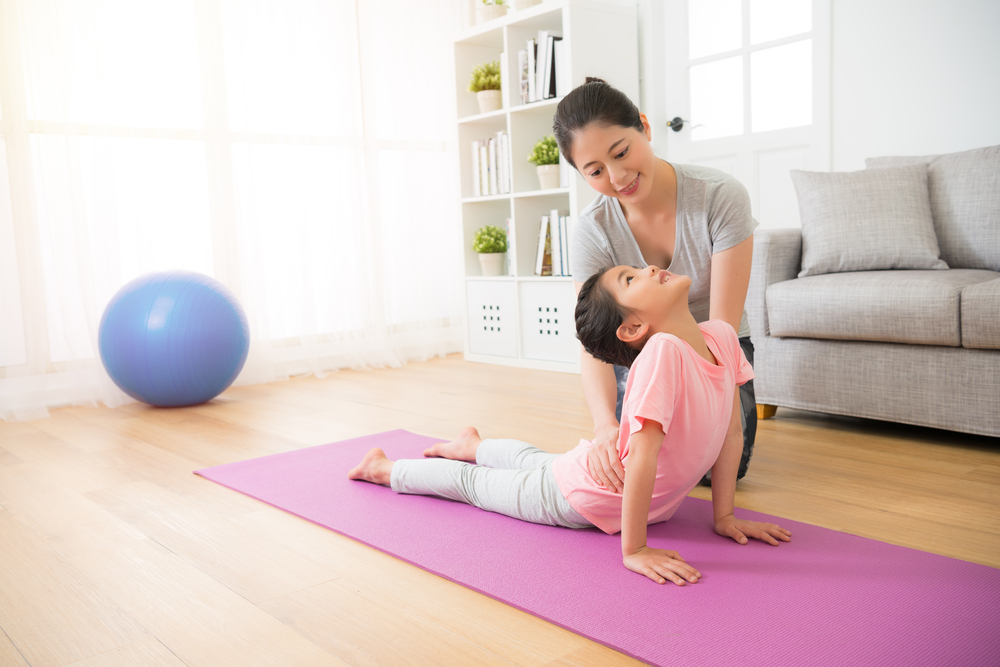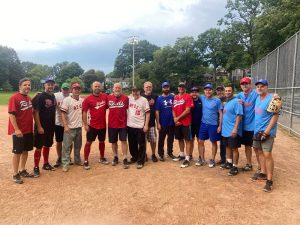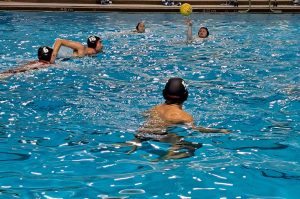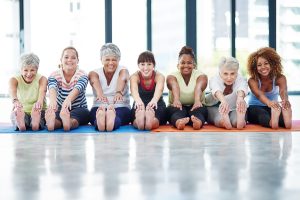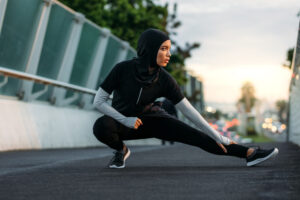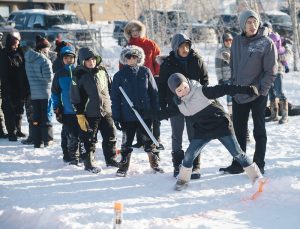Whether it’s swimmer Penny Oleksiak, soccer player Kadeisha Buchanan or skier Marielle Thompson, women in Canada are dominating the world stage of sports and athletics and inspiring young women to lead active lifestyles. With March 8 being International Women’s Day, we wanted to highlight these amazing athletes. Despite the high-profile successes of female athletes in Canada, there are unique barriers to physical activity for women and girls in the general population.
According to Canadian Women & Sport’s Rally Report 2022, 50% of girls are not participating in sport by the time they reach adolescence. The report also states that 13% of 13- to 18-year-old girls and 10% of six- to 12-year-old girls who were participating in sport before the pandemic did not return to it. That’s too many girls missing out on the life-changing benefits of an active lifestyle. This becomes even more important once they enter their 40s, 50s and 60s.

Just like boys and men, it’s recommended that girls aged five to 17 get at least 60 minutes of moderate-to-vigorous-intensity physical activity (MVPA) per day, and women aged 18 to 64 get at least 150 minutes of MVPA per week. Unfortunately, our report cards show that only 52% of girls and 46% of women meet these recommendations, compared to 67% of boys and 52% of men.
Top barriers to physical activity for women and girls
According to Canadian Women & Sport’s Rally Report 2022, the top sport participation barriers for adolescent girls included body image concerns, safety, lack of confidence and skill, quality of sport, and injury. Another report also found that lack of information about opportunities, costs, the wrong types of programs and facilities, lack of skill and inconvenient hours for class times were the barriers to physical activity most reported by older women.
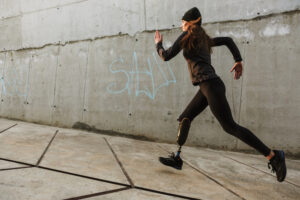
Barriers to sport participation for women and girls may differ based on important factors beyond age and gender. For example:
- Girls and women with a disability were more likely to report lack of confidence, injury and body image as barriers than girls and women without a disability.
- More Indigenous women identified body image (35% vs. 18%) and social (22% vs. 13%) barriers compared to all other ethnic groups.
- 2SLGBTQQIA+ women were more likely to report social barriers than heterosexual women.
How to help break barriers to physical activity for girls and women
1. Expose girls to positive role models – There’s a higher chance of girls playing sports if the people in their lives such as their parents or guardians also do. These role models could be professional or amateur athletes or women who have achieved success in related fields like nutrition and fitness.
2. Show your support for female athletes – Watch or attend women’s sporting events with the women and girls in your life. This might even help inspire them to play sports or become more physically active themselves.
3. Become informed – Make yourself aware of the many barriers to physical activity for women and girls and their experiences as participants and leaders. One way you can do this is by attending a workshop run by Canadian Women & Sport or downloading one of their resources.
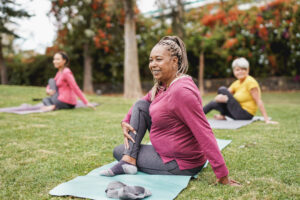
4. Be a vocal ally– Advocate for equitable access for every woman and girl to programs, effective coaching, leadership opportunities and facilities. Put into question practices and policies that put limits on the participation and leadership of women and girls.
5. Share household chores, errands and childcare responsibilities – Lack of time is one of the major barriers to physical activity for women and girls. So, if you live with any, take on more household chores, run more errands or look after your children so that they have more time to get out and get active.
6. Get active with the girls and women in your life – This is a great way for you to spend quality time and connect with them while keeping yourself and them accountable. For your next date night with your spouse or partner, make it active by doing a fitness class, taking a ballroom dance lesson together or simply going on a neighbourhood stroll or wheel. On your next family outing, go hiking, play a sport or cycle together.
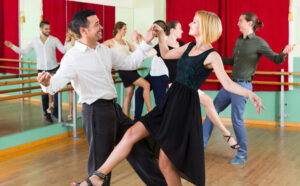
7. Help girls and women feel safer when they’re getting active – If you see a girl or woman getting active outdoors or at a gym, keep your distance, give her space and avoid making comments, even if you think they’re compliments, as this may intimidate them or make for an uncomfortable environment.
8. Regularly encourage the girls and women in your life to get active – Remind the women and girls in your life of the many benefits of physical activity and cheer them on!


